ARGENTINA – Update on Curupi Pora farm activities (May 2022)
Situation/weather: Autumn is coming, and rainfall conditions are gradually normalizing but still remain below the seasonal norms. The Province of Corrientes has recorded its worst drought in 40 years. For livestock activities, it takes about 18 months to compensate such situation (production cycle, pastures, soils, water reserves). It’s the 2nd successive year of drought that we faced.
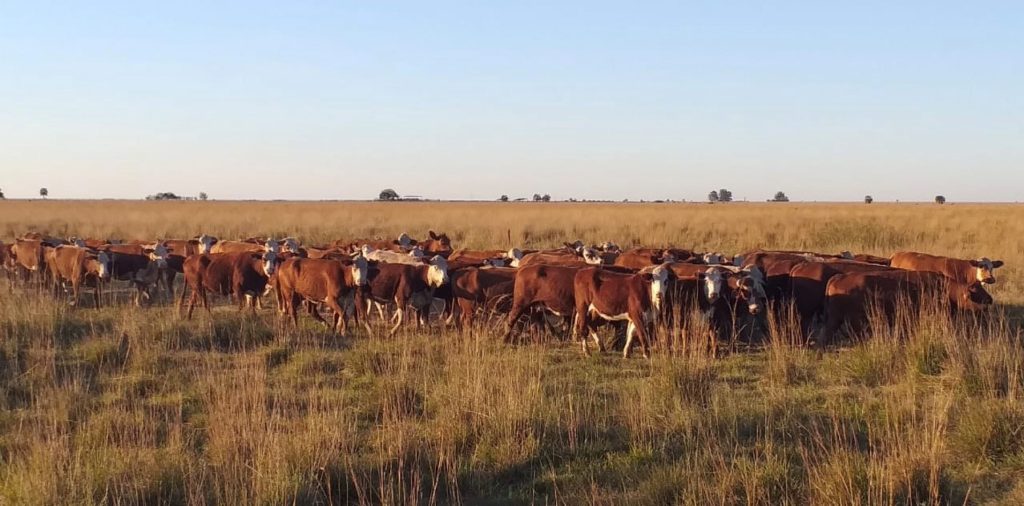
Cattle operation: We have currently above 6,100 heads at the farm. We have entered in the peak season of cattle sales. We have planned to sale around 900 heads in the coming months (mostly female and male calves). You can see below 360 beautiful male calves being prepared for delivery.

Even if the exports quotas remain in place, prices have nicely increased over the latest months (+15%) and reached their 20-years historical highest. However, that doesn’t mean that profitability boomed. On average, costs of production have increased by 50% (inflation of salaries, +39% for gasoil, booming supplementation costs driven by high grains and oilseeds prices).

For the global overview, International beef prices will remain very firm, not only because of demand (China) but also because of the additional pressure exerted by price increases in grains and oilseeds, and energy, which will further impact the price of other types of meat, such as poultry and pork, whose production is more vulnerable to cost increases.

2-years steers prices (USD/Kg)
Argentina can position itself within a very limited group of countries that can continue to provide meat, based on pasture. A great opportunity for Argentina!
PARAGUAY – Update on Salitre Cue farm activites (April 2022).
Weather: After having faced the worst extended “extreme drought” in 50 years, we faced torrential rains… from one extreme to the other as you can see.
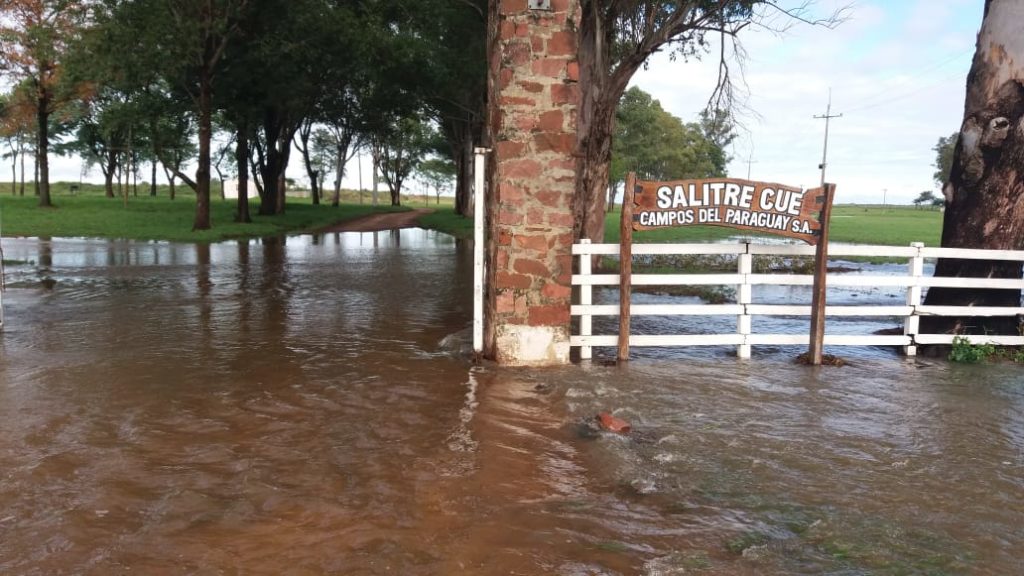
The good news is that the level of the river Tebicuary rose significantly and that we are again authorized to pump water. It is key for us as we need almost 3 months to fulfil our artificial lake of 480 ha. Given the extreme drought faced earlier, a commission of the Congress has been mandate to evaluate the incidence of farming activates on the flow and water level of rivers. Likely, we have to anticipate more regulation which will force all crops producers to raise their environmental standards. However, we hope that those measures will remain pragmatic.
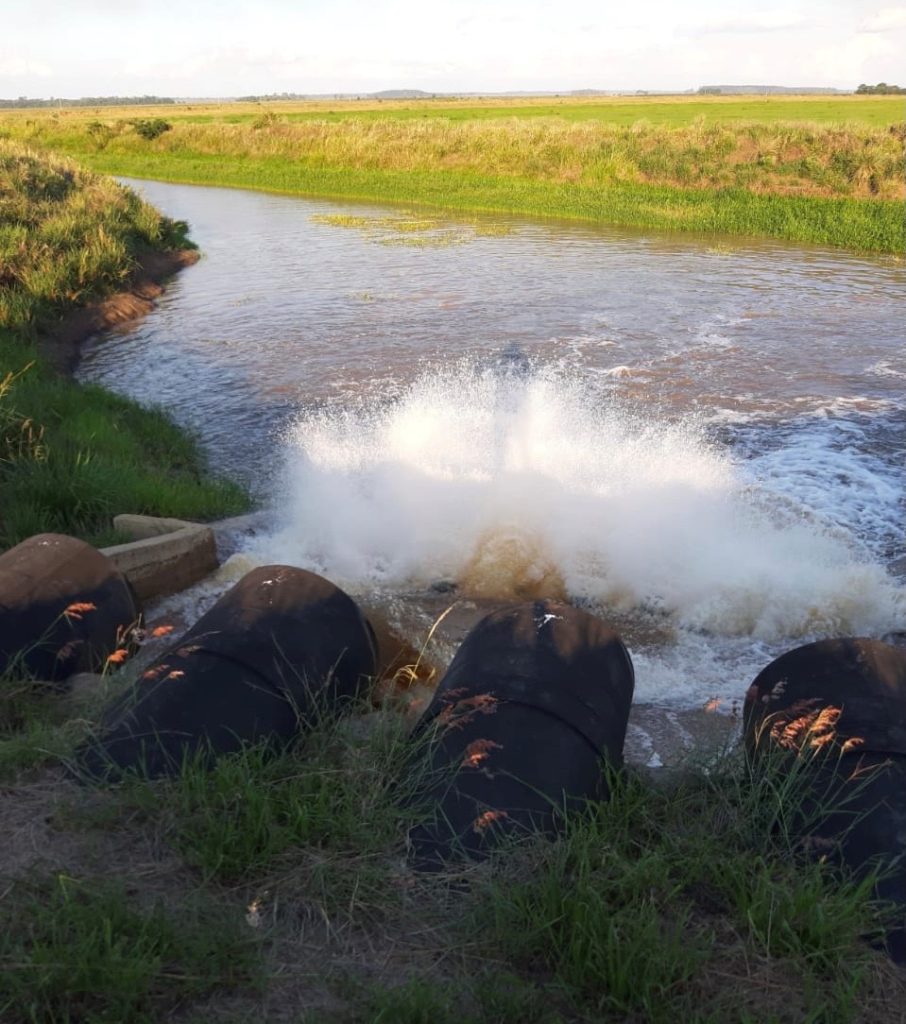
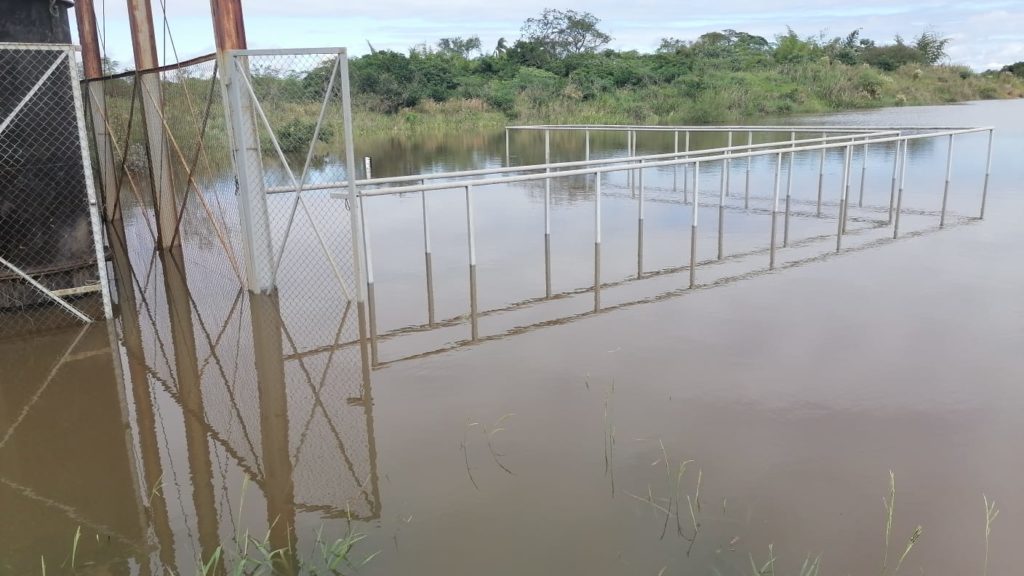
Soybean: Among the 1,100 sowed, 350 ha have been harvested with a yield of 0.4 t/ha. Further 300 ha have to be abandoned as they have been burned. This is a direct consequence of the drought. As for the 400 ha remaining, our expectations are low given the strong storms and flood registered in the farm.
Our case is by far not isolated: at this stage of the harvest, national soybean yields are around 1.1t/ha with regions like ours where the average yields is between 300 and 500 kg/ha (see Article from APS dated 01/03/22). The positive news is that soybean price quote above $640/t.
ARGENTINA – Update on San Bartolo farm activities (March 2022).
Weather: Cumulative rainfall for July-February period was 273 mm, -53% compared with the historical average for the same period. Drought has plagued the northern region since March 2021. Even if we are still facing heat waves, the good news is that we get again some rainfalls which immediately boosted the pasture in some plots. As autumn progresses, rainfalls are expected to gradually normalize.
Cattle operation: We have around 2,500 heads at the farm, mostly cows, heifers and calves. Dryness has affected the whole region for the last 18 months and has affected the shape of our herd at various levels (well-being, production, diet, fertility, etc) as well as pastures available.
We have around 1,100 cows and heifers’ and we are expected a bit more than 1,600 births between the 1st and 2nd spring service. We are performing an early weaning over 320 baby calves. Below you can see some weaned calves and on the 2nd video, none weaned calves. Early weaning has become a drought management tool. It provides the most cost effective way of maintaining cow condition to ensure that they get back in calf at their next joining.
In drought situations, early weaning enables you to use containment areas to reduce grazing pressure on pastures and control the risk of erosion. For us, it enables also an earlier sale of non-productive, empty or old cows reducing feed and water use. The sale value of those animals will be higher than to keep them for another service, especially when meat prices raises significantly (+18% YTD) as it is the case currently.
Under the challenging weather conditions we experiment, it is worth to perform the analysis of doing earlier sales of females or calves rather than to keep them and increase your costs (supplementation, vet, etc). It takes 18 months to recover from an intense drought as we faced. Therefore, we are in the process to sale between 350/400 calves in advance.
We are also analyzing the opportunity to clean further 200 ha of fields. Previous operation done give decent results (450 ha cleaned) and the farm needs permanent control of the natural vegetation which is typical for the region of Salta (a formerly forest area with a subtropical highland climate).
PARAGUAY – Update on Salitre Cue farm activites (March 2022).
Weather: Even if we are still facing very hot days, we have finally registered some rains. According to the latest weather forecast for March and April, more normalize conditions could begin but rainfalls will remain below normal parameters. The rice season is entering in is commercial stage and soon we will begin with the soybean harvest.
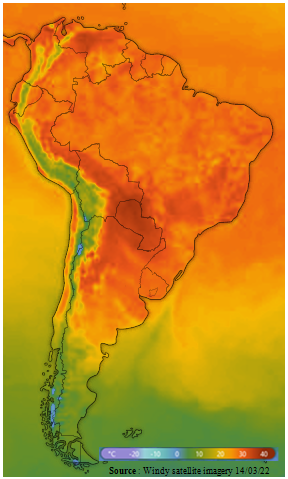
Rice: So far, we have harvested around 350 ha among our 560 ha sowed. Yield have improved in the latest plots sowed; we are now with a 6.6 t/ha yield (dry) with a very high quality for the latest block harvest (all above a purity index of 58).

We are pleased with those results as we were expecting lower yields as the plots suffered from water shortage due to the extreme drought we faced. However, the grains reached their physiological maturity as their humidity level is around 26%. Correct timing at harvest is essential to avoid losses incurred by harvesting too soon or too late. Immature grains harvested too early result in a high percentage of broken and low milling recovery, while if harvesting is delayed; the crop is exposed to insects, rodents and birds, in addition to the risks of lodging and shattering.

Local rice prices remain also attractive as market prices are above $240/t for standard quality (+14% above budgeted price). It is a small consolation because we were able to sow only 35% of our 1,638 ha rice area given the drought forecast. Price effect will not compensate for volume losses.

Soybean: By end of March, we are going to start the harvest of our 1,100 sowed. Around 300 ha have been affected by the drought and reduced our overall yield forecast from 2.5 t/ha to 1.5 t/ha. However, soybean price have recently boomed (>$600/t Vs $350/t budgeted) due to the Ukrainian situation and the impact of drought on the crop in South America. Price effect here compensates yield losses.
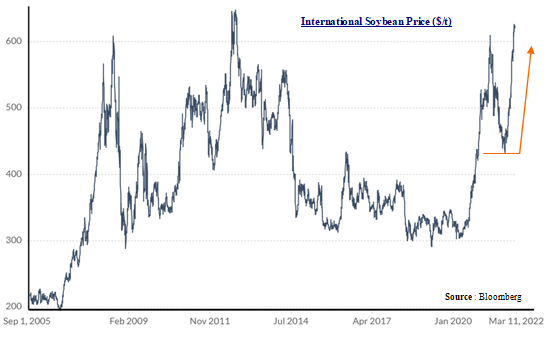
According to the country’s Ministry of Agriculture, Paraguay soybean processing production has decreased by almost 50% compared to the previous harvest cycle. The Paraguayan Chamber of Oilseeds and Cereals processors (Cappro) estimates that total production will decrease by 60% this year because of the lack of rain.

ARGENTINA – Unprecedented drought fuels devastating fires in Corrientes Province (February 2022).
Situation/weather: We are facing an extremely hot and dry summer. Argentina, Chile, Uruguay, Paraguay, southern Bolivia and southern Brazil have reported temperature anomalies of +10/+15°C, regionally in La Plata region above +20°C from long-term averages. These conditions mean temperatures around +48°C in northern Argentina.
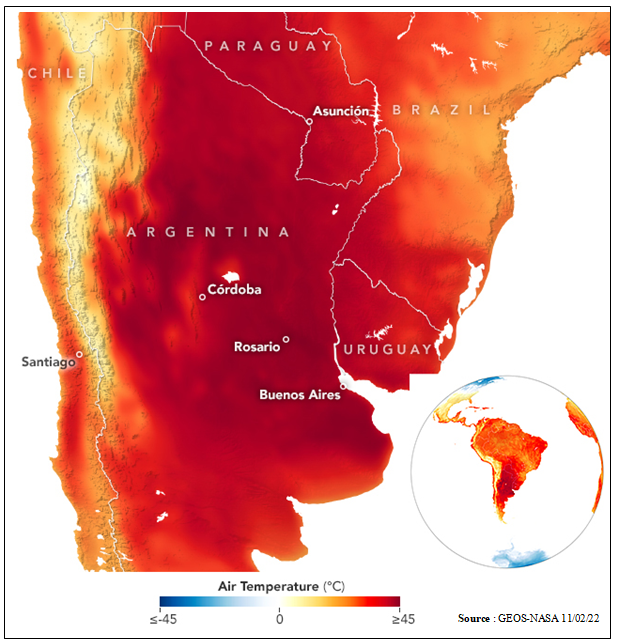
We have 2 farms located in Corrientes Province: Curupi Pora (10,275 ha – 6,500 heads) and Tata Cua (750 ha – forest). The current situation is very stressful for both our livestock activity and our forest as fires are ravaging hundreds of thousands of hectares of land in province. More than 800,000 ha of land have now been consumed by flames so far (Article from Infobae, dated 18/02/22).The fires are burning at a rate of 20,000 ha per day, destroyed plantation (rice, corn, soybean, pastures). At least 70,000 heads of cattle have been killed. The province is currently recording rainfall of less than 10 mm versus 200 mm on the average for the season and a relative humidity of 15% when the usual would be around 70%.
Cattle operation: Heat weave are stressing the animals at various levels (well-being, production, diet, fertility, etc.). Grassing area are minimal due to the high temperature, forcing us to supplement the more sensitive categories and our water lagoons which are helping to refresh the heard, are almost empty. The situation is very complex and will affect not only productivity but also the body conditions of the animals for a while (Article from Infobae, dated 18/02/22).
Forestry: All our staff is in alert so as our neighbours for the detection of early fires. We have already experiment a strong fire in august 2020 which have strongly damaged our eucalyptus and pine tree plantation.
Corrientes Province Governor Gustavo Valdés has declared a state of emergency which will allow the use of emergency aid for operators like us.
